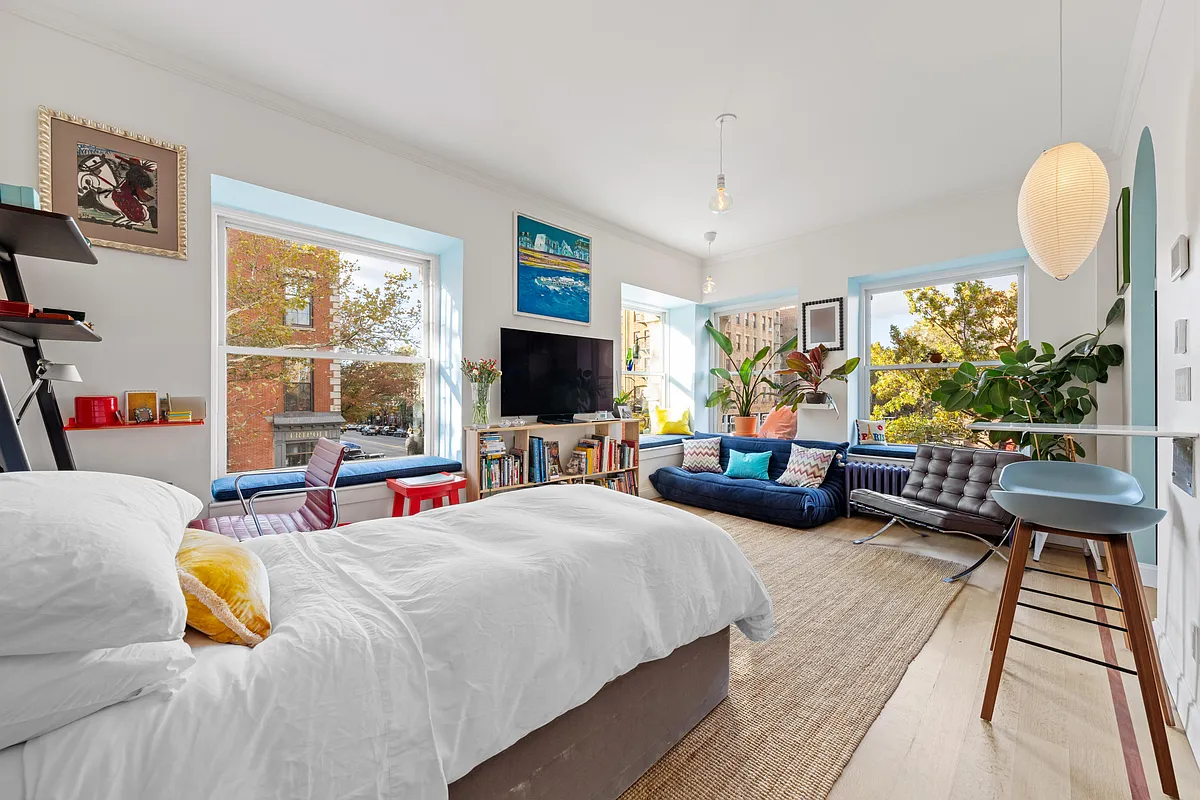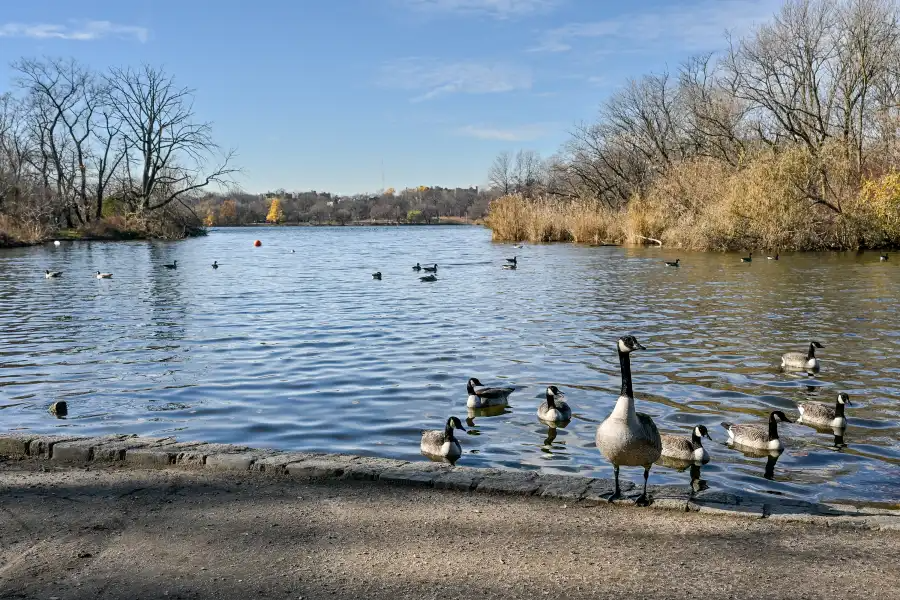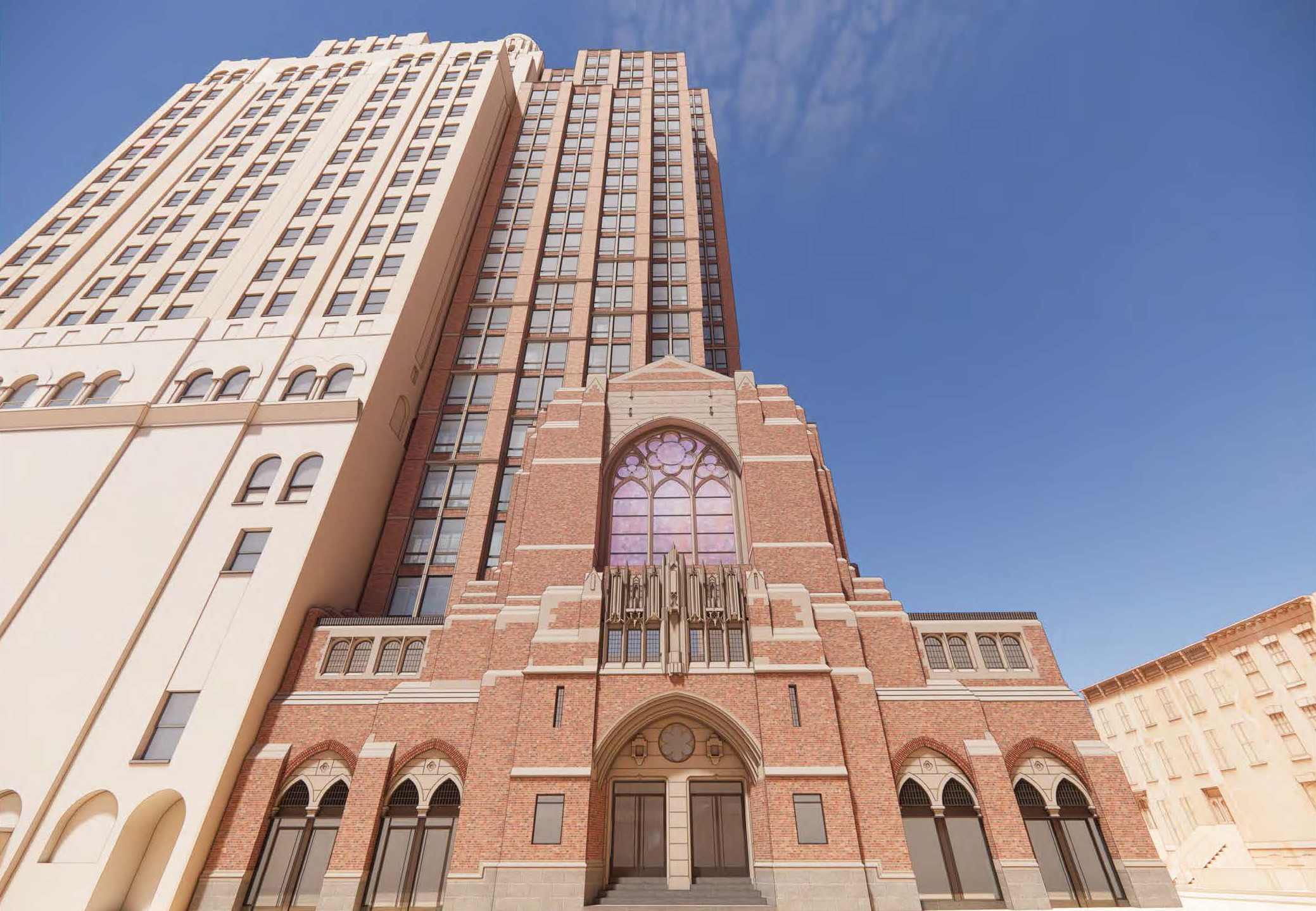Support Shown for Bed-Stuy Historic District at Hearing
Yesterday the LPC held a public hearing for the proposed Stuyvesant Heights Historic District expansion, which was calendered way back in 1993. A rep from the LPC tells us that 26 people testified, all in favor. Seems like a solid turnout; was anybody in attendance? You can see the boundaries of the district here and…


Yesterday the LPC held a public hearing for the proposed Stuyvesant Heights Historic District expansion, which was calendered way back in 1993. A rep from the LPC tells us that 26 people testified, all in favor. Seems like a solid turnout; was anybody in attendance? You can see the boundaries of the district here and read the LPC’s statement of significance on the neighborhood after the jump. The photo from the hearing comes via the Historic District Council, which supports the designation and identified Bedford Stuyvesant a preservation priority in its “Six to Celebrate” list this year.
Public Hearing for Expanded Bed Stuy HD [Brownstoner]
The proposed Bedford-Stuyvesant/Expanded Stuyvesant Heights Historic District consists of approximately 825 buildings and is located within the area roughly bounded by Tompkins Avenues on the west, Macon and Halsey Streets on the north, Malcolm X Boulevard on the east, and Fulton Street on the south. The boundaries of this proposed district encompass and extend the boundaries of the Stuyvesant Heights Historic District, which was designated by the Landmarks Preservation Commission in 1971…
The buildings of this residential community were erected over a period of some 30 years between 1880 and 1910. The buildings maintain their largely intact late-19th century architectural character, forming extraordinary streetscapes of rowhouses and small apartment buildings with commercial ground stories, interspersed by churches, schools, and related public and institutional buildings.
The earliest extant development within the proposed historic district, dating from the middle decades of the 19th century, consists of almost a dozen wood-frame houses, such as 316 Decatur Street, which may have been homes of freed African-American families. From the mid-1880s and into the 1890s, the east-west streets as well as Stuyvesant Avenue were developed with rows of speculatively-built houses reflecting, stylistically, the popular trends of the area; neo-Grec, Queen Anne, Romanesque Revival and Renaissance Revival. During the 1890s, four- and five-story brick and stone apartment buildings or “French flats,” generally designed in the Romanesque Revival and Renaissance Revival styles, were also erected in the proposed district. Two-and three-story brick structures with apartments and/or offices at the upper stories and ground-story commercial storefronts were erected in the late 19th century along the routes of the trolleys, and particularly at the block corners.
Many of the late 19th-century residents of the area were families of New England origins, while others were members of immigrant groups, such as the Germans and the Irish, who had prospered sufficiently to be able to afford the purchase of a newly-constructed rowhouse or the rental of a flat in one of the apartment buildings. During this early period, prosperous African-Americans also purchased houses within the area. By World War I, the demographics of the area began to change and African-Americans and members of white ethnic groups, who were discriminated against elsewhere in the city, were able to acquire decent, affordable housing in Bedford-Stuyvesant. If Harlem was perceived as the center of New York’s black cultural life with the rise of the Harlem Renaissance in the 1920s and 1930s, Bedford-Stuyvesant offered an alternative: a residential community within the “borough of homes and churches” with block after block of attractive rowhouses and small apartment buildings. With its unparalleled opportunities for home ownership, Bedford-Stuyvesant became the community of choice for many of New York’s African-American residents.
Within the residential fabric of the proposed district are institutional and public buildings which give the neighborhood much of its cultural significance, including public libraries, schools, and most significantly, churches. Beginning in the 1920s, African-Americans churches from downtown Brooklyn followed their congregations to Bedford-Stuyvesant, purchasing existing church and institutional buildings. The first African-American congregation to move into the area was Bethany Baptist Church (founded 1883), which since 1924 has occupied its present home, the former Sumner Avenue Baptist Church (built c. 1900) at Sumner Avenue and Decatur Street. Several other venerable and historically-significant congregations followed and occupy architecturally-rich buildings that provide a visual focal point in the neighborhood. Not only have these churches provided their congregants with places for worship, but they also serve as cornerstones of social and cultural life in the larger community.





Bedford Stuyvesant is the largest historic district of 19th century rowhouses in the city and the country, whether or not officially designated.